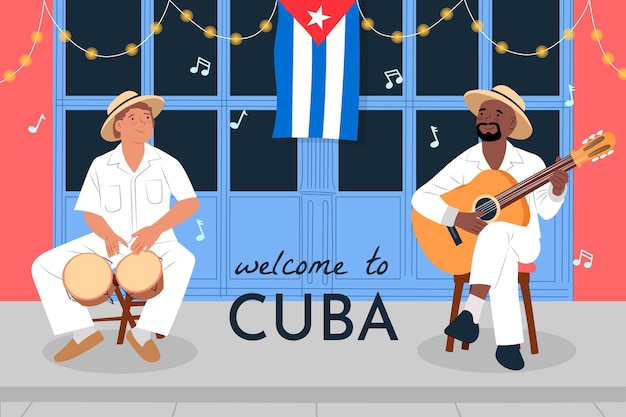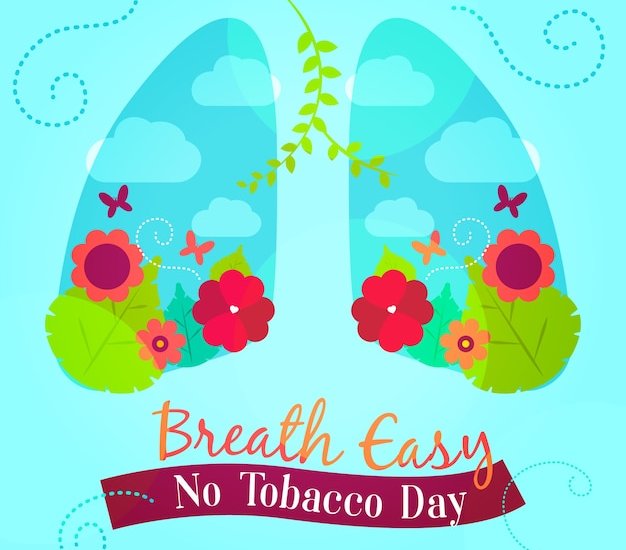Fascinating Facts About Cuba

Cuba is the largest island in the Caribbean.
Cuban cuisine is known for its vibrant flavors and use of spices.
Cuba has a literacy rate of over 99%, making it one of the most educated countries in the world.
Havana, the capital city of Cuba, is famous for its colorful colonial architecture.
Cuban cigars are world-renowned for their quality and craftsmanship.
Che Guevara, a prominent figure in the Cuban Revolution, is celebrated as a national hero.
The national sport of Cuba is baseball, and the country has produced many talented players.
Cuba has a tropical climate, with warm temperatures all year round.
The Cuban Revolution in 1959 led to the establishment of a communist government.
Old American classic cars, known as Yank Tanks, are commonly seen on the streets of Cuba.
Cuba is home to nine UNESCO World Heritage Sites, including Old Havana and Trinidad.
The Cuban flag features three blue stripes representing the three old divisions of the island.
Ernest Hemingway spent many years in Cuba and drew inspiration for his novels there.
Cuba has a vibrant music scene, with genres like salsa, rumba, and Afro-Cuban jazz.
Cuba is famous for its rum, especially brands like Havana Club and Bacardi.
The Cuban healthcare system is highly regarded globally, with a focus on preventive care.
Varadero Beach in Cuba is considered one of the most beautiful beaches in the world.
Fascinating Facts About Cuba part 2
Cuba has a high life expectancy, similar to many developed nations.
The Bay of Pigs invasion in 1961 was a failed attempt by the United States to overthrow Fidel Castro.
The Cuban Missile Crisis in 1962 brought the world to the brink of nuclear war.
Cuba has a strong emphasis on arts and culture, with numerous museums and art galleries.
The annual Havana International Jazz Festival attracts musicians from all over the world.
Cuba has a diverse ecosystem, with rainforests, mountains, and coral reefs.
Cuban salsa dancing is known for its energetic and infectious style.
Cuba has a rich Afro-Cuban heritage, with African traditions deeply influencing its music and religion.
The Malecon, a five-mile-long avenue in Havana, is a popular social and gathering spot for locals.
Cuba has one of the highest doctor-to-patient ratios in the world.
The Cuban Revolution led to significant social reforms, including improvements in education and healthcare.
Cuban coffee, known as cafe Cubano, is strong, sweet, and often served in small shots called cafecitos.
Cuba has preserved many vintage American cars from the 1950s, which have become iconic symbols of the country.
The Tropicana Cabaret in Havana is renowned for its spectacular shows and vibrant nightlife.
Cuban artists, such as Wifredo Lam and Amelia Pelaez, have made significant contributions to the global art scene.
Cuba has beautiful and diverse wildlife, including the Cuban crocodile and the bee hummingbird, the smallest bird in the world.
Cuban street food, such as the famous Cubano sandwich, is known for its bold flavors and affordability.
Cuban families are known for their strong bonds and commitment to supporting one another.
The Cuban education system places a strong emphasis on sports, producing many successful athletes.
Cuba has a rich history of revolutionary movements and guerrilla warfare.
The Cuban peso (CUP) is the official currency of Cuba, but tourist transactions are often conducted in convertible pesos (CUC).
Cuba has a unique dual currency system due to its socialist economy.
The Revolution Square in Havana, with a statue of national hero Jose Marti, is one of the largest city squares in the world.
Cuban healthcare professionals, including doctors and nurses, have been deployed to various countries around the world to provide assistance during times of crisis.
Cuba has a strong emphasis on sustainable agriculture and organic farming practices.
The Cuban national tree is the royal palm, symbolizing strength and resilience.
Cuba has a thriving art scene, with numerous galleries and street murals showcasing the creative talents of local artists.
Cuban literature, represented by writers like Jose Marti and Alejo Carpentier, is known for its introspection and political commentary.

